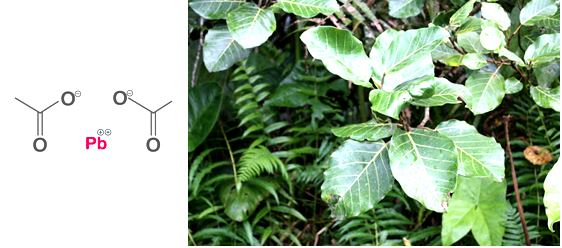LEAD ACETATE: A DANGEROUS ENVIRONMENTAL TOXICANT THAT IS AMELIORATED BY THE AQUEOUS EXTRACT OF FICUS VOGELII (FV)
Keywords:
Vagina, lead, cervix, Ficus vogelii and AmeliorateAbstract
Objectives: The aim of the present study was to investigate the effects of lead toxicity on the histoarchiteture of the vagina and cervix of adult female Wistar rats and the currative role of Ficus vogelii (Fv) in lead toxicity.
Methods: The experiment lasted for a period of 21 days involving 20 adult female albino Wistar rats with an average weight of 145g. The rats were divided into five (5) groups A, B, C, D and E. A is negative control group that received normal saline, B is positive group that received lead acetate solution, C received Aqueous extract of Fv (100g/kg) and lead acetate solution, D received aqueous extract of Fv (300g/kg) and lead acetate solution group while E received aqueous extract of Fv only.
Results: Examination of the vagina and cervix histologically revealed various damages such as, necrosis, oedema and reduction is size suspected to be as a result of lead toxicity. These changes were ameliorated by the administration of Fv extract. Exposure to lead also produced significant reduction in blood supply to the vagina and cervix which caused the mucosa to necrotize. These structural changes correlated with the level of exposure in the vagina. They were mainly oedema, necrosis and denudation of the vaginal walls. These alterations can make the vagina and cervix acidic which have been implicated as one of the cause of infertility in females.
Conclusion: The results of this study suggested that treatment with F. vogelii has an ameliorative effect.
Peer Review History:
Received 8 June 2017; Revised 7 July; Accepted 25 August; Available online 15 September 2017
Academic Editor:
Dr. A.A. Mgbahurike , University of Port Harcourt, Nigeria, amaka_mgbahurike@yahoo.com
, University of Port Harcourt, Nigeria, amaka_mgbahurike@yahoo.com
Reviewer(s) detail:
Dr. A.A. Mgbahurike , University of Port Harcourt, Nigeria, amaka_mgbahurike@yahoo.com
, University of Port Harcourt, Nigeria, amaka_mgbahurike@yahoo.com
Antonio José de Jesus Evangelista , Federal University of Ceará, UFC, Brazil, tony_biomed@hotmail.com
, Federal University of Ceará, UFC, Brazil, tony_biomed@hotmail.com
Downloads

Published
How to Cite
Issue
Section

This work is licensed under a Creative Commons Attribution-NonCommercial 4.0 International License.










 .
.